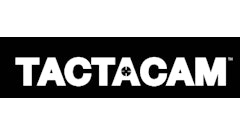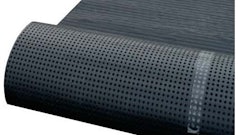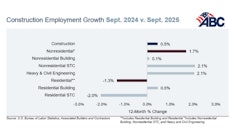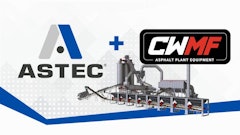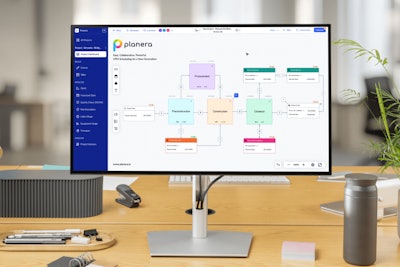
The construction industry stands at a crossroads. Faced with a persistent labor shortage, rising complexity in project delivery, and growing demands for speed and precision, construction leaders are under pressure to rethink how we prepare the next generation of workers. Nowhere is this more critical than in construction education, where traditional teaching methods and legacy technologies are increasingly out of step with the needs of the modern jobsite.
A recent study from California State University, East Bay provides timely insight into how we can address this gap. Conducted with 55 students from the university's Construction Management program, the research compared the effectiveness of two scheduling approaches: visual Critical Path Method (CPM) scheduling and traditional tabular CPM tools like Primavera P6. The results send a clear message to educators and industry leaders alike: it’s time to modernize our teaching tools.
The Case for Visual Scheduling in Construction Education
Scheduling is the heart of any construction project. It coordinates resources, sequences tasks, and helps teams manage time and cost constraints. However, the tools used to teach scheduling in many university programs have not evolved in decades. Rigid, spreadsheet-like interfaces dominate the classroom, emphasizing syntax and input forms over project logic and real-world applicability.
The CSU East Bay study offers a stark contrast. Students using visual scheduling tools completed assignments 30% faster and found the tools 35% easier to use. Even more compelling, participants were more accurate in identifying scheduling errors when using the visual interface. Over 60% of students expressed a preference for the visual method, citing its intuitive layout and direct alignment with how they think about construction sequences.
These findings support what many in the industry already suspect: our legacy systems are a barrier to learning. While tools like P6 may still be dominant in some firms, their steep learning curves and rigid user interfaces hinder both education and productivity. Visual tools, on the other hand, present a clear path forward — making complex scheduling concepts more accessible to students and new hires.
Introducing PlaneraEDU: Empowering the Next Generation
Recognizing the need for change, Planera launched PlaneraEDU, a program dedicated to bringing modern scheduling tools into construction classrooms. Our goal is to help students build fluency in the same skills they’ll need on the job—using platforms that reflect how the industry is actually evolving.
PlaneraEDU provides students and educators with free access to our intuitive, cloud-based visual CPM platform. The program includes instructional resources, hands-on projects, and a curriculum that integrates with standard university coursework. The objective is twofold: to reduce the learning curve for students, and to better align academic programs with the tools being adopted in the field.
We believe that technology should be a bridge, not a barrier. PlaneraEDU is designed to accelerate comprehension, encourage collaboration, and ultimately produce graduates who are job-ready on day one. The success of this model is already evident in the feedback we’re receiving from educators and students who are using Planera in their classrooms.
The Broader Context: A Shifting Workforce and Rising Expectations
The need for innovation in construction education is not theoretical. According to the U.S. Bureau of Labor Statistics, the construction industry will need to add more than half a million jobs in the next year just to meet demand. At the same time, many experienced professionals are nearing retirement, leaving a skills gap that must be addressed through better training and smarter onboarding.
New workers entering the field today are digital natives. They expect tools that are intuitive, collaborative, and accessible from anywhere. They gravitate toward interfaces that resemble the consumer technology they use every day. Visual scheduling tools meet these expectations, fostering engagement and retention in ways traditional systems cannot.
Moreover, the rise of Design-Build and Integrated Project Delivery (IPD) models places a premium on real-time communication and cross-functional collaboration. Scheduling tools must evolve to support these dynamics. The ability to visualize dependencies, identify conflicts, and iterate quickly is no longer a luxury—it’s a necessity.
A Call to Action: Updating the Curriculum, Embracing the Future
The findings from the CSU East Bay study are a wake-up call. If we want to prepare students for success in the construction industry, we need to rethink not just what we teach, but how we teach it. Embracing modern scheduling tools in the classroom isn’t just about improving grades—it’s about empowering the next generation to lead.
We invite educators, program directors, and industry leaders to join us in this mission. Whether through PlaneraEDU or similar initiatives, the path forward is clear: integrate visual scheduling tools into the core curriculum of Construction Management programs, foster partnerships between academia and technology providers, and prioritize usability and comprehension in training the workforce of tomorrow.
At Planera, we believe that better tools lead to better outcomes. By bridging the gap between classroom learning and real-world execution, we can build a stronger, smarter, and more resilient construction industry. The future of construction education is visual. Let’s build it together.














